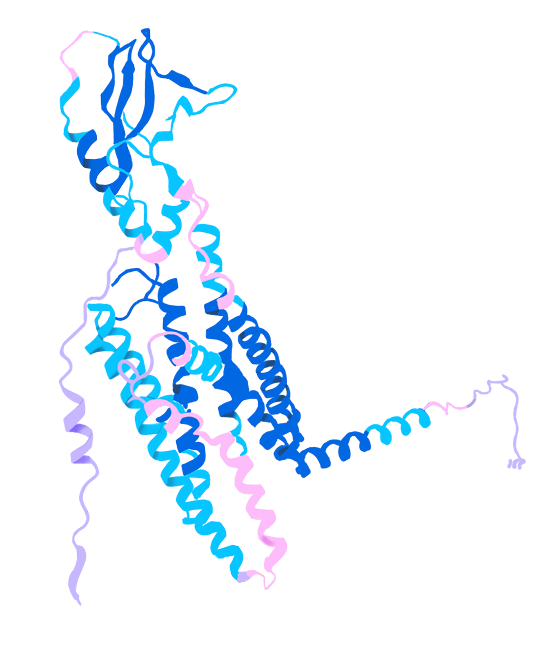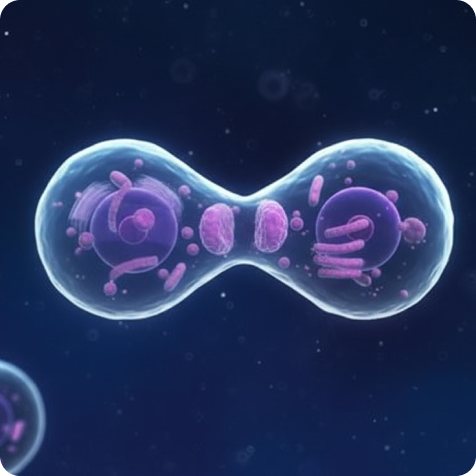The Science of GLP-1
When GLP-1 receptors are activated, they trigger a cascade of beneficial responses:
Pancreas releases more insulin to lower blood sugar

Liver cuts down glucose
production

Brain reduces appetite and supports cognition

Digestion slows and inflammation eases
Project HB PK002 Overview
HB PK002 is a first-in-class oral small-molecule GLP-1 receptor agonist currently in preclinical development. Unlike peptide injectables, it stimulates repair and regeneration of insulin-producing beta cells in the pancreas which get damaged in diabetes.

HB PK002 activates GLP-1 receptors in metabolic tissues, modulating key pathways related to
Breaking past the limits of current therapies





Development Pipeline
Hummsa’s pipeline is advancing rapidly through preclinical development, preparing for Investigational New Drug (IND) enabling studies. Our lead molecule, HB PK002, targets six key indications, all leveraging GLP-1 receptor activation tailored to specific disease biology.
Target:
Pancreas
Indication:
T1D
Discovery
Pre Clinical
Phase 1
Phase 2
Phase 3
Target:
Pancreas
Indication:
T2D
Discovery
Pre Clinical
Phase 1
Phase 2
Phase 3
Target:
Body
Indication:
Obesity
Discovery
Pre Clinical
Phase 1
Phase 2
Phase 3
Target:
Liver
Indication:
MASLD / MASH
Discovery
Pre Clinical
Phase 1
Phase 2
Phase 3
Target:
Skeletel
Indication:
Osteoporosis
Discovery
Pre Clinical
Phase 1
Phase 2
Phase 3






